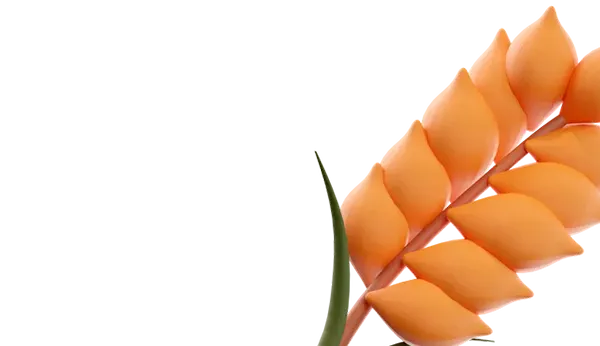Vicia sativa, or common vetch, is a significant annual leguminous forage crop with high nutritional value worldwide for livestock. Moreover, its ability to fix nitrogen is essential for improving soil fertility.
However, the yield and quality of vetch are limited by certain diseases. Currently, there are 52 diseases registered worldwide that affect common vetch. One of the most serious diseases, anthracnose, causes significant damage, especially in China and the USA.
Colletotrichum spinaciae, the pathogen causing anthracnose in common vetch, was initially identified in 2019 in Xiahe, Gansu Province, China. However, to date, there is no effective, especially environmentally friendly method to control anthracnose in common vetch.
Biological control microorganisms are promising agents for combating fungal plant diseases, including anthracnose in agricultural crops.
In a laboratory experiment, a research group from Lanzhou University conducted high-throughput sequencing to identify the bacterial community of vetch phyllosphere interacting with Colletotrichum spinaciae, concerning Bacillus subtilis and Bacillus licheniformis, as well as Trichoderma longibrachiatum. Scientists studied the severity of anthracnose, the diversity and composition of phyllosphere bacteria, as well as the relationship between the activity of plant defense enzymes and hormonal molecules in plants treated with individual and combined inoculations.
Phyllosphere microbes are beneficial microorganisms inhabiting the aboveground parts of plants, mainly bacteria and fungi, which have antagonistic properties. Phyllosphere microbiota receives nutrients from host plants, creating a favorable environment for their growth and stimulating plant physiological processes, enhancing their health and productivity.
When plants are attacked by pathogens in aboveground parts, antagonistic phyllosphere microbes alter metabolic pathways related to plant defense. Pathogen invasion is a key factor influencing the diversity and composition of phyllosphere microbiota.
Soil is a source of harmful and beneficial microbes that colonize plant phyllosphere. Species of Bacillus and Trichoderma positively impact the bacterial community structure in the soil and are often used in biofertilizers or plant biocontrol agents.
Thus, changes in soil microflora can also indirectly affect the bacterial phyllosphere structure. However, this influence is rarely studied.
This study demonstrated that inoculation of Bacillus subtilis, Bacillus licheniformis, and Trichoderma individually or in combination altered disease-associated phyllosphere bacteria, and this effect was linked to plant defense enzymes and hormonal molecules.
The researchers concluded that the plant's defense response, induced by the combined use of beneficial rhizobacteria and fungi like Trichoderma, enriches beneficial phyllosphere bacteria, enhancing common vetch protection from anthracnose and providing prospects for bio-protection of agricultural crops in general.















